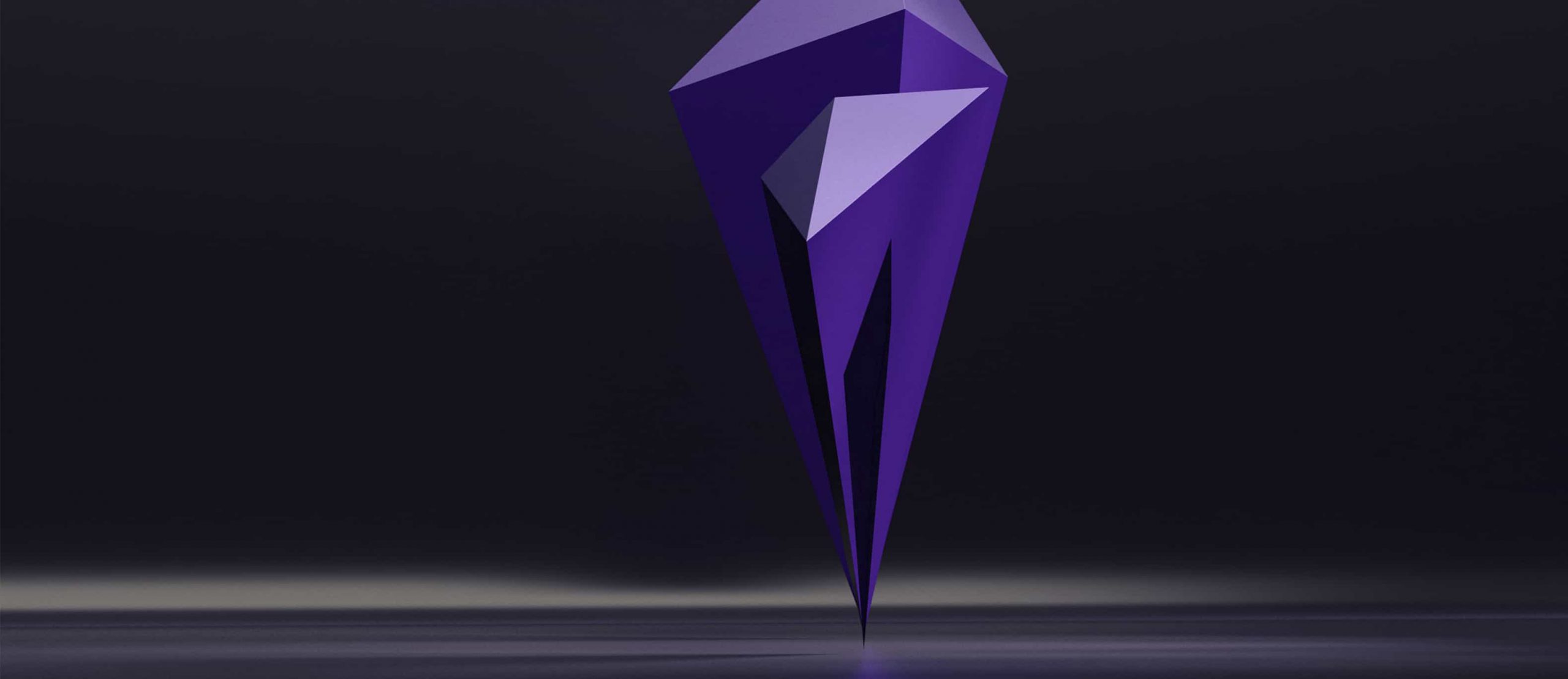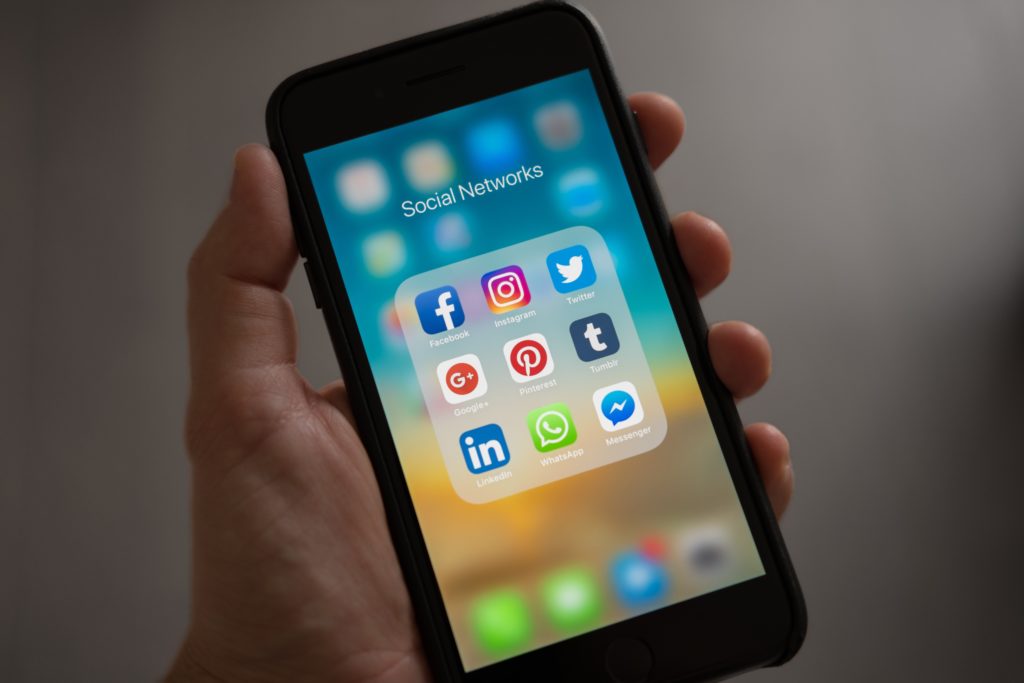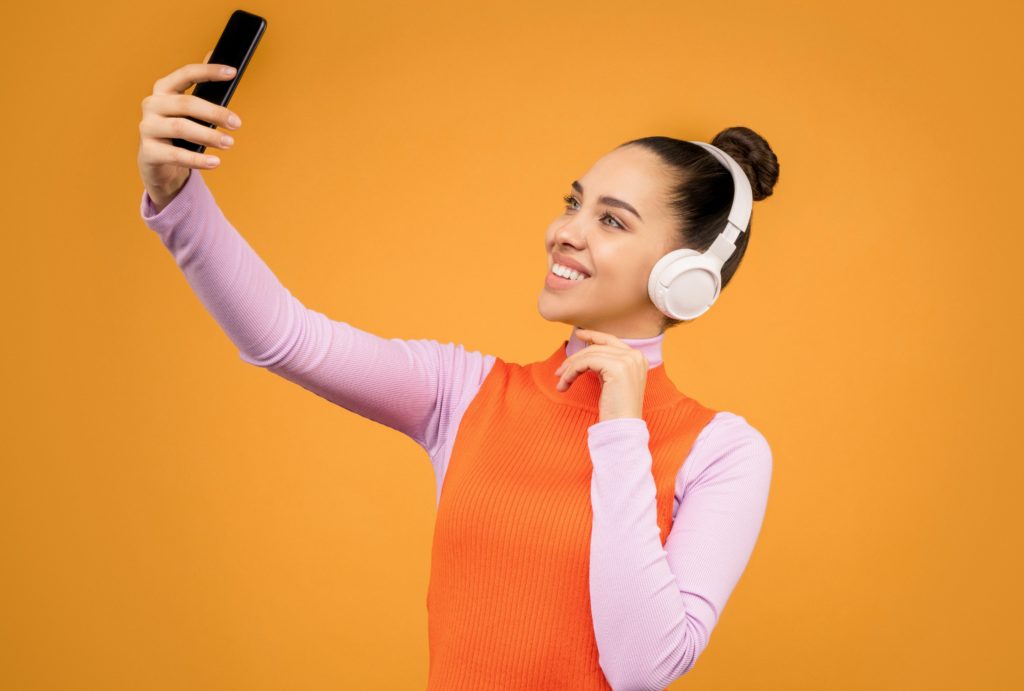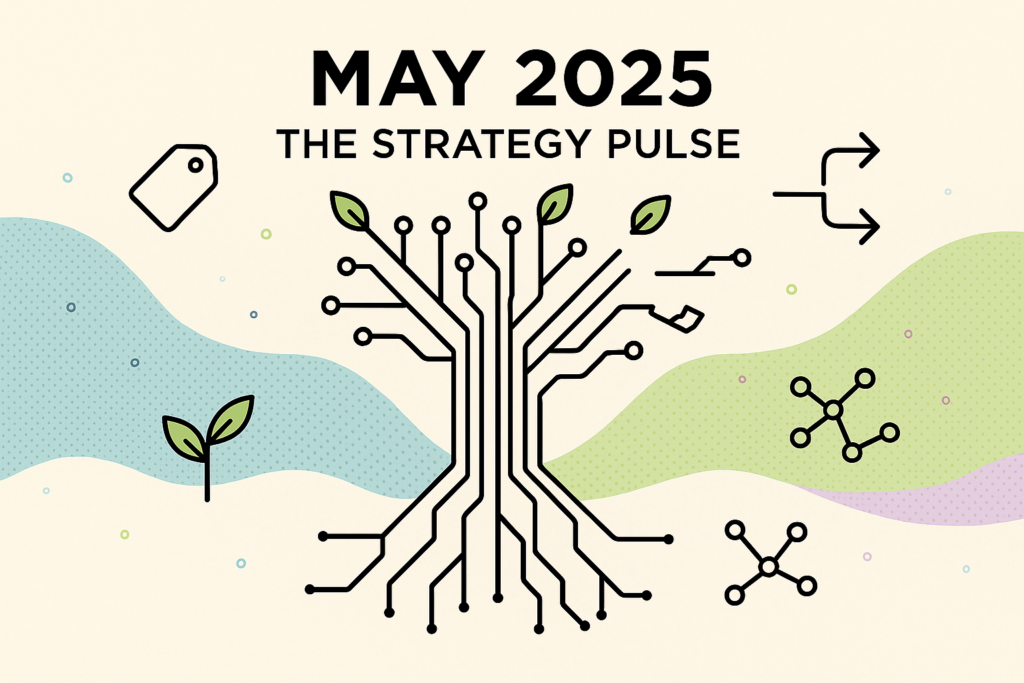
TMI: is LinkedIn getting too personal?
TMI: is LinkedIn getting too personal?
May 10, 2022

Once upon a time, LinkedIn was a no-frills networking tool. Nothing more, nothing less. It served its purpose as a professional platform, but the website had little to no scope for creativity or individuality. It lacked pizzazz.
Fast-forward to today. LinkedIn has undergone a metamorphosis since its conception in 2002, blossoming from a caterpillar into a butterfly. Microsoft bought LinkedIn in 2016 for $26.2 billion, breathing new life into the outdated platform with a plethora of snazzy new features. Users now have the opportunity to upload videos, pictures, presentations, articles…you name it. The once old-fashioned and dull networking site has been given a facelift, evolving into a platform that invites its users to produce dynamic, engaging and personal content for their connections and followers to enjoy and interact with. The website welcomes 200 new users every minute, with Gen Z making up a large fraction of those joining the professional platform.
But has it gone too far? On LinkedIn, the boundary between our personal and professional lives has been broken down, as more and more users are opting to be more vulnerable and authentic with their connections, building intimate relationships with their professional network.
This begs the question: what differentiates LinkedIn nowadays from the likes of TikTok and Facebook? Has LinkedIn become a breeding ground for cringey memes, attention-grabbing GIFs, and unprofessional oversharing? Is it oversaturated with ‘influencers’ desperately trying to cultivate a personal brand, and companies spamming their audience with irrelevant content in a bid to get their product seen and heard? Some may argue that the platform has shapeshifted into a carbon copy of every other social networking site out there, out of touch with its original purpose of connecting professionals online.
Alternatively, is LinkedIn’s evolution a positive thing for the world of work? Has it injected some much-needed authenticity and warmth into an otherwise cold and clinical corporate culture?
People buy from people
When it comes down to it, there’s an unwritten formula to creating a LinkedIn profile. A profile picture and a bio are the bread and butter of any LinkedIn profile; providing a brief overview of who you are and what you bring to the table is the bare minimum nowadays. A profile without these features is as useless as a car without an engine – you may as well not bother. It’s crucial that you humanise your profile, as this is what appeals to other users. People are drawn to personality, even on a professional platform like LinkedIn.

Signing onto LinkedIn, I know what awaits me before the homepage has fully loaded. I’m routinely inundated with an abundance of smiley selfies, dog pictures, and videos of blissful morning walks. Upon first glance, one could easily think that they’ve mistakenly stumbled upon their Facebook or Instagram feed, but no. This is the landscape of LinkedIn nowadays. People are not afraid to share a more personal, human and creative side to themselves on this platform. The boundaries between the professional and the personal are blurred.
This trend for authenticity became much more explicit during the pandemic, when personal stories garnered significant traction from the LinkedIn community. At the height of the pandemic, people across the world were sharing their stories of grief, loss, success, mental health struggles, business difficulties, and more. And many of these stories would go viral, receiving thousands of likes, comments, and shares.
This trend has persisted, and it’s now the norm for people to share a more vulnerable side of themselves to prospective customers and employers. LinkedIn provides a golden opportunity for personal storytelling. Sharing the highs and lows of your professional journey; the ups and downs of your daily routine; the trials and tribulations of your netball team; the characters you encounter in your volunteering. Someone out there wants to hear about it all.
We’re witnessing a sea change in the way people behave in a professional context. People are showing up on LinkedIn as the most real and authentic version of themselves. Whether it’s sharing mental health struggles or lifechanging moments, people are choosing to demonstrate that they bring more to the table than experience and a skillset: they bring their own unique personality.
And frankly, personality sells. Brands such as Rare Beauty are the gold standard of how personality can be applied to LinkedIn in an impactful and inspirational way, by companies as well as individuals. The brand provides a platform for employees to speak up on issues that matter to them, allowing them to share their personal stories. It is currently Asian American and Pacific Islander Heritage Month, and Rare Beauty‘s social team posted an account by Grace Lim, their Senior Director of Brand & Product Marketing, describing her experience as a woman of Asian descent in corporate America. As it’s also Mental Health Awareness Month, Rare Beauty have partnered with the organisation Mental Health First Aid in order to provide their followers with resources about the power of words in destigmatising mental health issues. Rare Beauty builds trust with their audience, using LinkedIn to post engaging content that – though not always directly related to the product they are selling – aligns very well with their brand values and messaging. As a brand that celebrates what makes us unique and denounces conforming to conventional, unattainable beauty standards, Rare Beauty has hit the nail on its head with its LinkedIn marketing.
In order to stand out from the crowd against a sea of other users, companies and individuals alike need to make their presence known on LinkedIn by maintaining a golden thread of personality.
Taking it too far
However, that’s not to say that we should be shamelessly baring all on LinkedIn. There is such a thing as taking it too far.
Posting regular content about your life on LinkedIn risks teetering on the verge of caricature. As of late, LinkedIn has become a hotbed of people proactively trying to become ‘influencers’ on the platform, posting personal content with the sole aim of garnering a large following. There tends to be something quite Kardashian-esque about this type of content; users will post daily pouting selfies or topless gym mirror pictures with a caption preaching the importance of #worklifebalance, or a photo album from their holiday in Spain. Ironically, there’s something quite fake and artificial about this attempt at authenticity. Spamming your audience with superficial content can be a bit transparent, and might not go down as well with your professional network as you may have envisioned.
Everyone is trying to build a personal brand, so much so that there’s even a market for ‘LinkedIn coaches’ who claim to instruct you on how to methodically build a following on the platform.

Furthermore, if you choose to post personal content on LinkedIn, it’s crucial that you know where to draw the line. Oversharing on the platform is rampant. It’s best to steer clear of discussing controversial topics, no matter how ‘trending’ they may be. Taking a strong stance on a sticky subject could potentially polarise your audience and land you in deep water. You need to remain mindful of this.
Our opinions can get us into trouble. Although it’s important to allow your personality to shine through on LinkedIn, beware the overshare. You don’t want to go viral for the wrong reasons. We’ve all witnessed the train wreck of disgruntled employees ranting about their negative experiences with a particular employer. No matter how true your account may be, any potential employer coming across this content will be left with a bad taste in their mouth. It won’t sit well with prospective employers that you’re badmouthing your former boss so vocally on a professional platform; keep the complaints to Glassdoor. When it comes to LinkedIn, always rein in your opinions, so that you can strike the perfect balance between personality and professionalism.
Often, the stories that go viral on LinkedIn tend to follow a very similar blueprint. Powerful people such as CEOs and founders look back on their professional journey, candidly opening up about their failures and mistakes, and explaining how they came from having nothing to ultimately being the posterchild for success. There’s something slightly cringe-inducing about the redemptive formula these stories all seem to follow. When someone with prestige talks about their failures, it’s inspiration, because they’re telling this story from a position of power. But if someone with zero status were to follow suit and copy this recipe for a viral LinkedIn post, it would most likely fall on deaf ears. Talking about your mistakes and failures is only trendy as long as it’s proceeded by the inevitable outcome of glittering success. Whilst these types of posts may be inspiring to some, to others they can be downright demotivating. Being bombarded with success stories can be overwhelming when you’re simply trying to stay afloat.
So, should you bare all on LinkedIn?
Ultimately, showing personality on LinkedIn is a positive, so long as it’s done tactfully. Opening up about mental health issues, sharing lifechanging events that have shifted your mindset, or providing your followers with insights into your personal journey is all well and good. However, the key is ensuring that you don’t go overboard. All content should somehow circle back and relate to your professional life. If you enjoy going to the gym as it helps you unwind after a stressful day at work, feel free to share this with your followers, by all means. But strike a balance between personal and professional content; LinkedIn is not Instagram, and we shouldn’t treat it as such. Think twice the next time you whip out your phone and flex your muscles in preparation for a post-workout mirror selfie.

